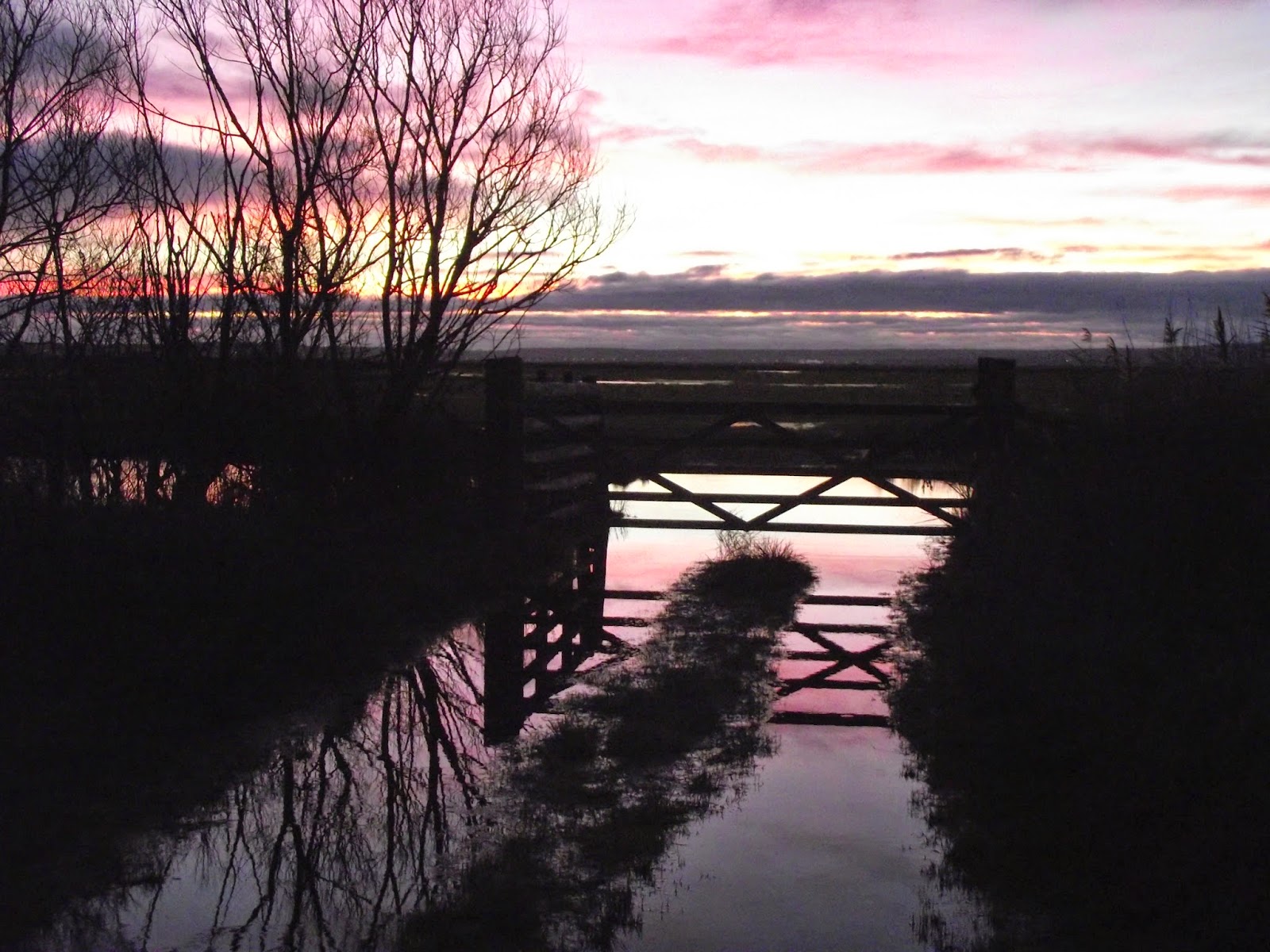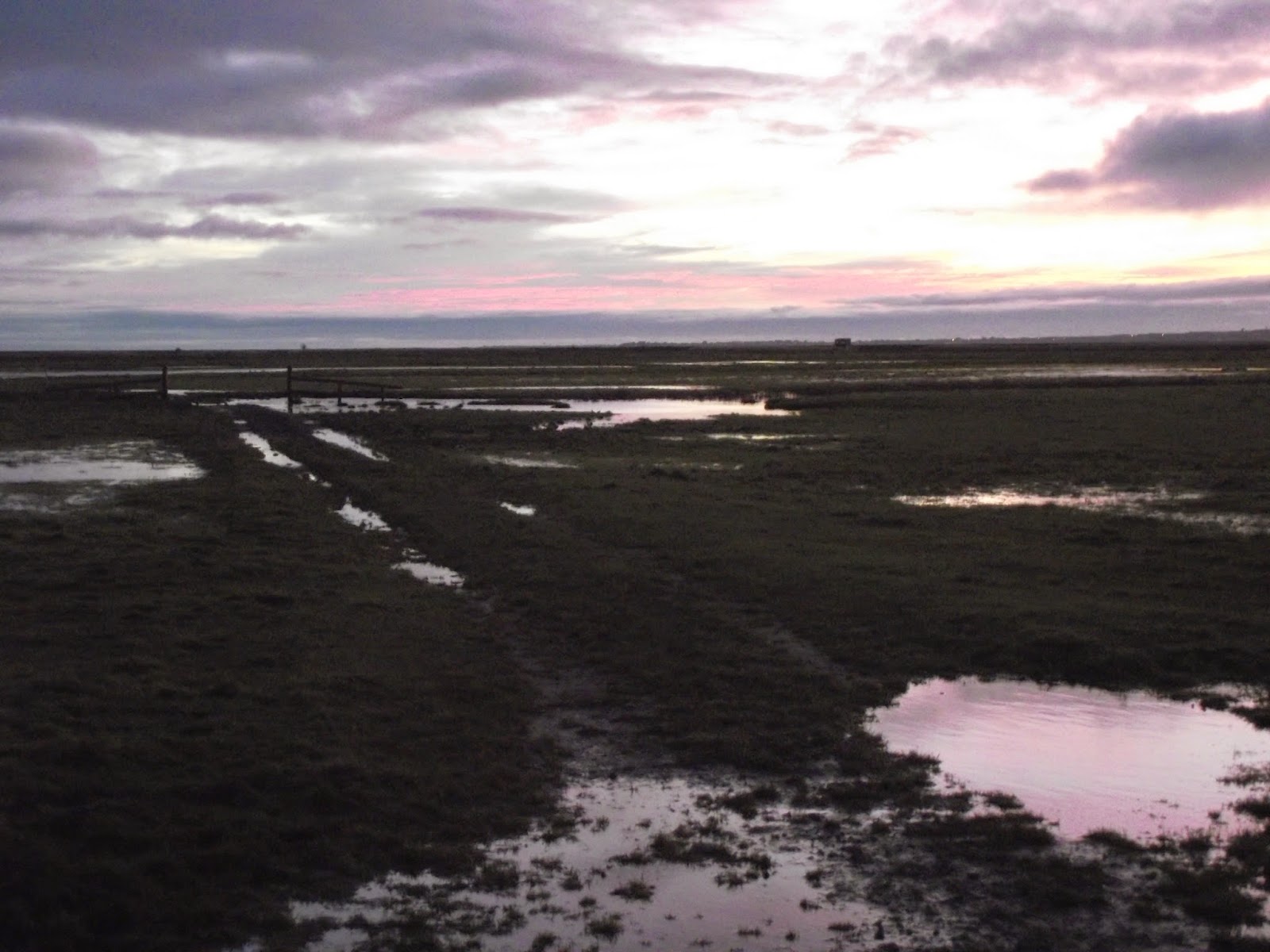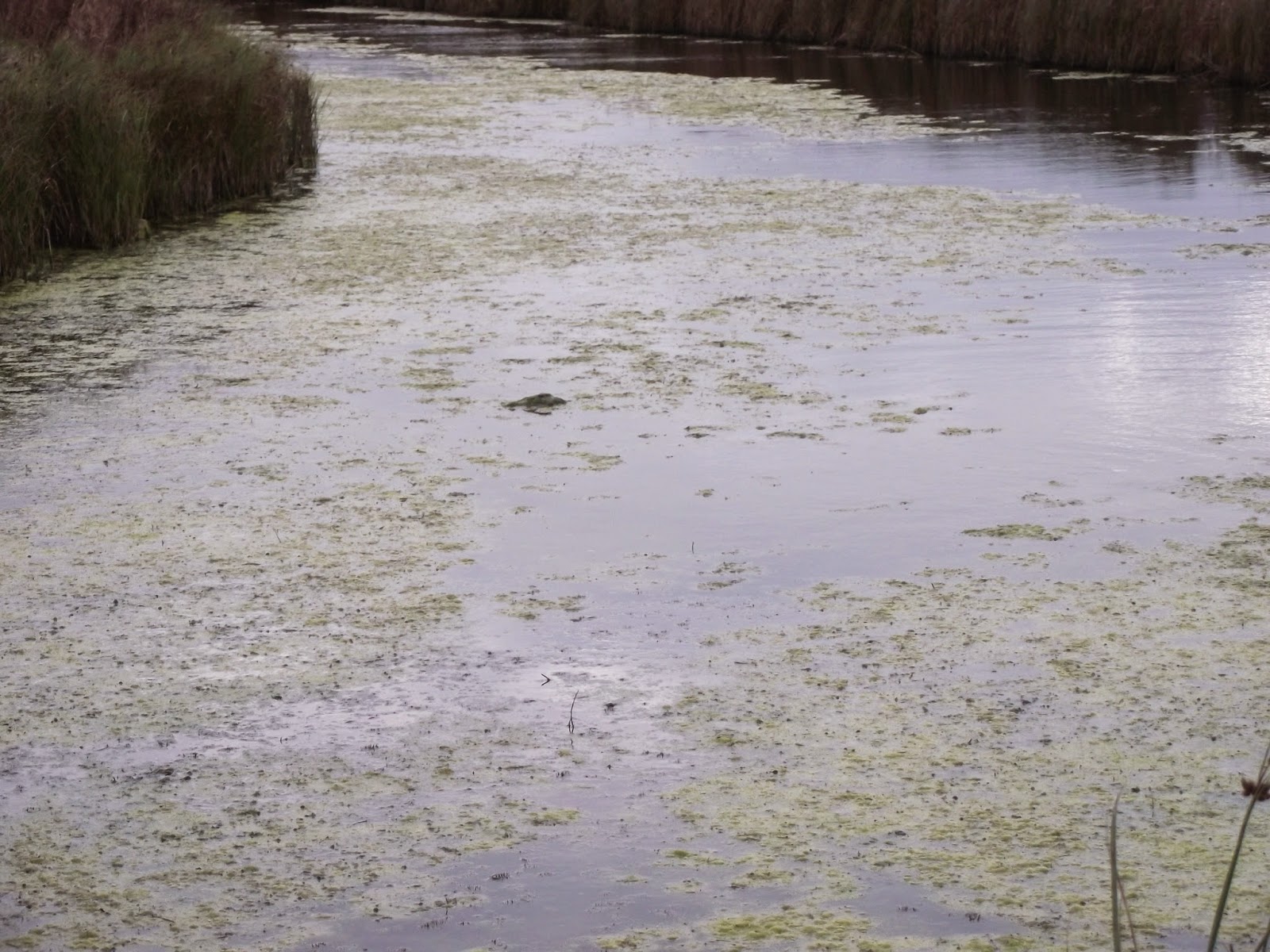Just for a change, a few snippets from the Sheppey's aviation history that I compiled some years ago, with the addition of a lot of photos that ex-servicemen sent to me with their memories of serving there.
By the time that WW1 started, Eastchurch was the home of Sheppey's only airfield and remained that way until it finally closed in 1946.However, throughout that time, the MOD still retained the original Leysdown landing ground and it's few buildings, that had once been the home of the Aero Club and Shorts Bros. aircraft factory. It covered most of the land that now forms Leysdown Coastal Park, the stables and out into the farmland alongside. Through the middle of the Landing Ground ran the narrow Wing Road that ran from the back of Leysdown almost to Muswell Manor. Two thirds of Wing Road is now mostly a grassy track used by dog walkers.
Charlie Ward began his Service life at Eastchurch in 1916 and after his initial training he began his service career proper by working in the Coppersmith's shop at Eastchurch airfield. When I spoke to him in 1984 he was in his 70's and still living in Kent and recalled being sent to the Leysdown ranges during WW1 in order to carry out two particular tasks. Many old and un-airworthy aircraft had been lined up on the landing strip there to form a large cross at which practising bomber aircraft would drop their dummy bombs. It was Charlie's job to briefly mark the dropped bomb with a white flag in order to give the bomb aimer or pilot an idea of his accuracy - real high tech. stuff.
Secondly, he was also responsible for a team of men who recovered pebbles and the like from the adjacent Leysdown beach to build what became Wing Road.
During 1922 an Air Armament and Gunnery School was set up at the Eastchurch airfield and a lot of their training in the use of machine guns and bombs in aircraft was to take place at the Leysdown Ranges. As a result, more buildings were quickly built there including Officers bungalows, airmens' quarters and various other ancillary buildings and there was also an attendant Ambulance and Fire Tender. These were all supervised by a Range Warden who lived in a specially built house on the Ranges. About a mile off shore there was a line of coloured buoys and these were also used as targets by the aircraft as they carried out their practice flights. These targets were maintained and patrolled by an RAF launch, the "Adstral", which was moored overnight at Harty Ferry.
These ranges were still providing the same training function to aircraft in WW2 and during 1944 saw several Typhoon squadrons attend for rocket-projectile practise.
Below you can see an ariel photo of the Leysdown Ranges prior to 1930, with the sea in the top LH corner. The large shed in the middle of the photo held a number of observation balloons at one time and in 1930 was dismantled and sent to Hendon. Unfortunately the original was of poor quality but if you click on it once it should come up marginally better.
During the late 1970's/early 1980's the foundations of most of the buildings on the farmland were dug up and the land ploughed over for crops but in 1983, on what was soon to become the Coastal Park, I found the last Stanton-type air raid shelter left there and the base of the large shed removed in 1930.
One last photo from the Leysdown Ranges was taken in 1939. Armourer Richard Moss, who was stationed at Eastchurch before and during WW2, sent it to me. It shows him at the Leysdown Ranges alongside a prototype armoured car known as the "Armadillo", which was at the ranges for tests. We clearly still had some way to go ahead of a possible German invasion!
And so, both between the wars and during WW2, the Leysdown ranges remained a busy and restricted military area as various squadrons used them for aircrew training purposes and at least two fatal accidents took place there.
On the 15th August 1933 a Jean Chesterton and some friends had rowed out among the floating targets and she was killed when a flight of aircraft began firing at the targets.On the 16th June 1938, Gloster Gladiators of No.54 Sqd had come across from Hornchurch for gunnery practise. At midday, as Sgt. Pilot R.M. Marsh approached the targets and began firing, his aircraft was seen to dive into the sea, throwing him out. By the time that rescuers had reached him he had unfortunately died and he was buried with military honours in Leysdown cemetery. An inquest later said that he had probably shot his propeller blades off himself due to faulty synchronisation.I
In 1960 Short Bros & Harland were given permission to use 77 acres just behind the old Ranges site to use as an airstrip. This was to accomodate a small flying club and during the summer months operate 15 min. tourist flights around parts of Sheppey for 12/6 a time. It soon petered out though and now, as you stand by the tea kiosk there looking at the Coastal Park and stables, it's hard to visualise it all.
And so to a few Eastchurch airfield snippets, starting with the aircraft below. Throughout WW2 aircraft crashing on and around Sheppey were a regular occurence but this one became quite a celebrity and featured in national newspapers.
It crash-landed at Eastchurch in January 1944 and Flying Officer Spencer, who was serving there at the time, begins the story.
" we first heard the early morning noise of an approaching aircraft, which was unusual for Eastchurch at that stage of the war.Soon after a Flying Fortress came into view, so low that we knew it was in trouble and would be landing quickly. When it did eventually land we noticed that it had a large part of the tail missing and no tail-gunner".
The aircraft turned out to be a B-17 Bomber nicknamed "Hang the Expense", on its way back home from the crew's 13th mission to bomb Frankfurt.It was from the American 8th Air Force's 100th Bomb Group at Thorpe Abbot, East Anglia, piloted by Frank Valesh. Apparently, coming back over Ostend an 88mm shell from an ack-ack battery had exploded in the fuselage, opposite the escape door. The left elevator was shattered, the right one damaged and a large part of the rudder was missing. At the same time the rear gunner's compartment had been completely blown off and with it had gone the gunner, Sgt. Roy Urich. He was assumed to be dead but amazingly, turned up in a POW camp at the end of the war and was still alive in 2009! Valesh had put out a Mayday call and two American P-47's turned up and escorted him back to the nearest airfield, which turned out to be Eastchurch. To add to his problems, the grass runway was waterlogged but although the wheels sunk into the ground he and the remainder of his crew managed to land safely. The aircraft was eventually repaired and returned to operations with the 100th.
Below I have this original envelope, given to me by Bill Drayton, which contained a letter sent to him while serving at Eastchurch in 1942-3, by his brother who was serving in the Navy.
As the war came to an end in 1945, people began to relax and here we see Flt. Lt. A.C.L. Hutchinson getting the loudspeaker car ready for a fair on the airfield.
The photos below were given to me by a Philippa Butt-Gow, who was living in Oslo in 1984 but had served at Eastchurch as a WAAF during 1944-46.
This first one shows an the sides from an RAF Officers v WAAF's football match at the airfield.
This one is of the WAAF's hockey team with their PT Officer Flt. Hutchinson.
A group of WAAF's at the airfield in 1945.


















































